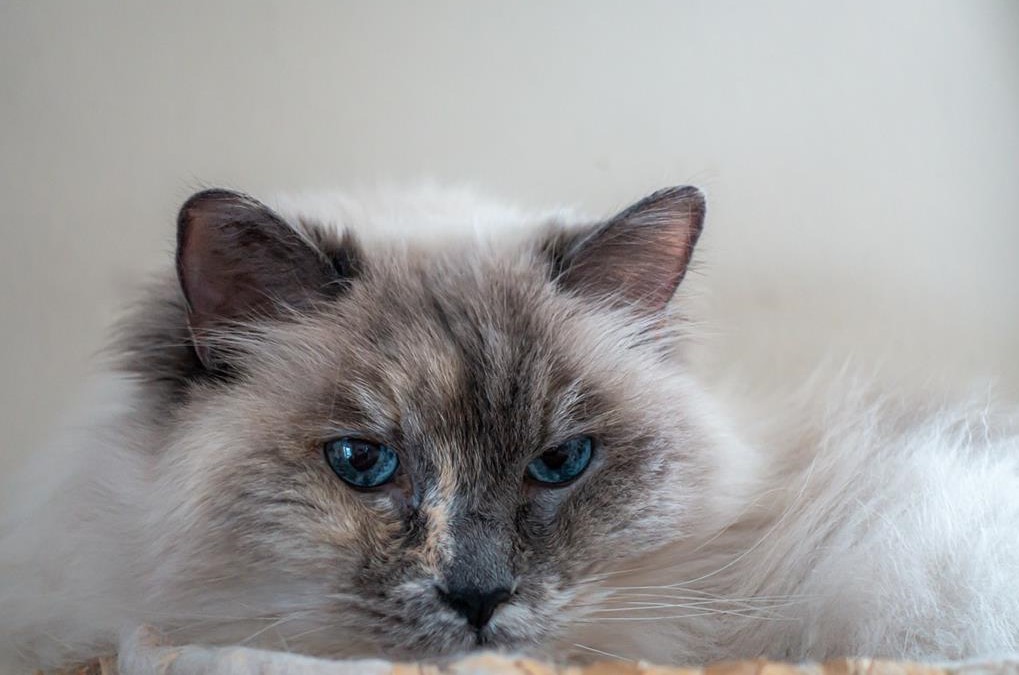The transformation of a feral cat into a cherished house pet is a remarkable testament to the power of patience, compassion, and understanding. While the process is neither swift nor straightforward, it’s absolutely possible with the right approach. In this article, we’ll delve into the steps and considerations involved in turning a feral cat into a contented and loving member of your household.
Can a feral cat become a house pet?
Feral cats, though initially wary of humans, can indeed become loving house pets. However, it’s important to recognize that each cat is an individual with its own history and temperament. Some feral cats may transition more readily than others, while some might maintain their independent spirit despite domestication efforts.
1. The Gradual Approach
The process of domesticating a feral cat requires patience and time. Rapid changes can be overwhelming and frightening for them. Start by offering food from a distance, gradually moving closer as the cat becomes more comfortable with your presence.
2. Establishing Trust
Building trust is crucial. Spend time near the cat’s shelter, offering food, and engaging in quiet activities. Allow the cat to approach you on its own terms, and avoid making sudden movements or loud noises that might startle it.

3. Gradual Touching
As trust grows, you can attempt gentle touches. Begin by extending your hand for the cat to sniff, and gradually move on to light touches on the back or chin. If the cat reacts positively, continue these interactions, but always respect its comfort zone.
4. Creating a Safe Space
Before inviting the feral cat indoors, ensure you have a designated safe space where it can retreat to if it becomes overwhelmed. This could be a quiet room with a comfortable bed, food, water, and a litter box.
5. Transitioning Indoors
Once the cat is comfortable with your presence and touch, consider allowing it to explore your home. Do this gradually, initially keeping it confined to one room and then gradually expanding its access to other areas.

6. Patience with Interactions
Some feral cats may never fully embrace cuddling or close contact. Be prepared to accept the cat’s boundaries and respect its individual preferences. Provide affection in the ways the cat is comfortable with.
7. Veterinary Care
Before fully welcoming the cat indoors, a thorough veterinary checkup is essential. This ensures the cat’s health and addresses any medical issues that might affect its transition.
8. Socializing with Other Pets
If you have other pets, introduce them gradually and under supervision. Give the feral cat time to adjust to their presence and create positive associations.
9. Professional Help
If you encounter challenges during the process, consider seeking advice from veterinarians, animal behaviorists, or experienced cat rescuers. Their insights can provide guidance tailored to your specific situation.
Conclusion
The journey of turning a feral cat into a house pet requires dedication, patience, and respect for the cat’s unique personality and pace. While not every feral cat will fully embrace indoor life, many can thrive in a loving and caring home with time and understanding. The transformation from a wary and independent wild cat to a content and affectionate house pet is a journey that exemplifies the profound bond between humans and animals, reflecting the beauty of trust and connection.



